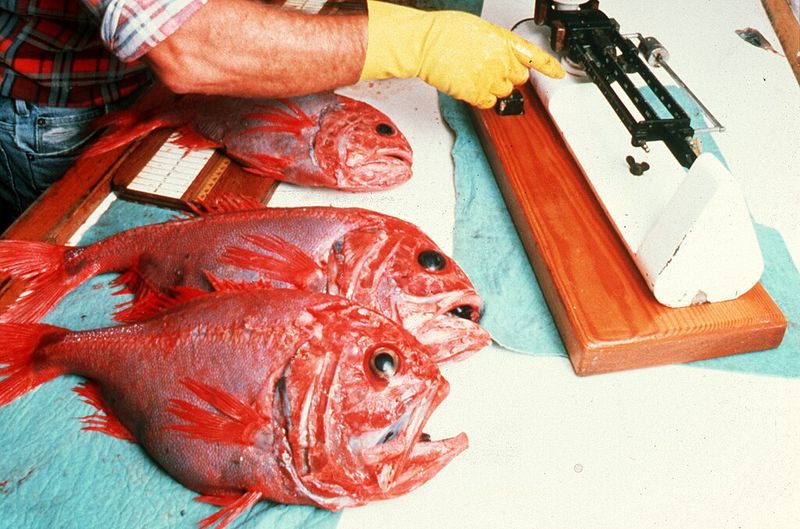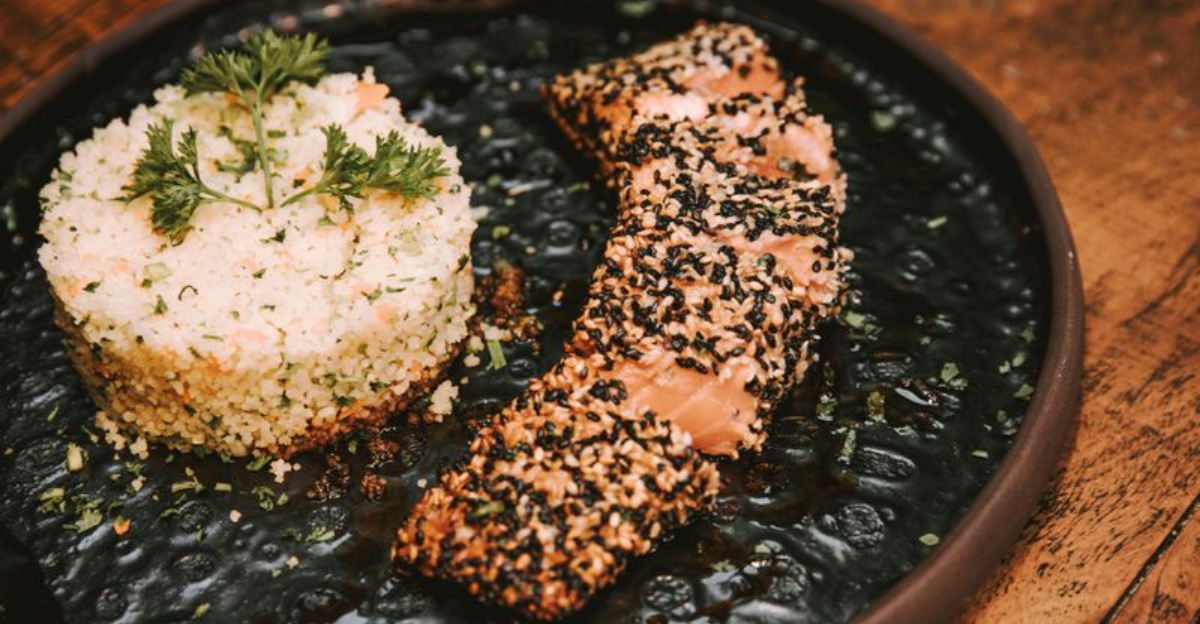7 Budget-Friendly Fish To Buy And 8 To Be Cautious About
Shopping for seafood can feel like navigating a maze, especially when your wallet is watching every move. Some fish offer amazing nutrition without breaking the bank, while others come with hidden costs like mercury levels or sustainability concerns.
Knowing which fish to grab and which to skip can save you money and keep your family healthy and happy.
Disclaimer:
Information in this article is for general educational purposes only and should not replace professional medical or nutritional advice. Mercury levels, sustainability status, and availability may vary by source and region. Always consult reliable health and environmental resources – or your healthcare provider – before making dietary decisions about seafood consumption.
15. Ones To Buy: Sardines
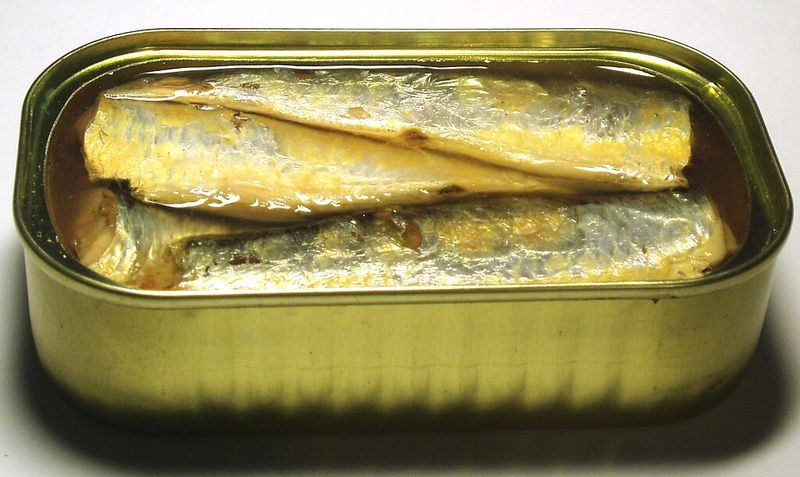
Packed with omega-3s and calcium, sardines are nutritional powerhouses that cost pennies per serving. They’re small, sustainable, and reproduce quickly, making them an eco-friendly choice.
Canned versions last forever in your pantry and work great on crackers, salads, or pasta. Your bones will thank you for the calcium boost, and your budget will breathe easier too!
14. Mackerel (Canned)
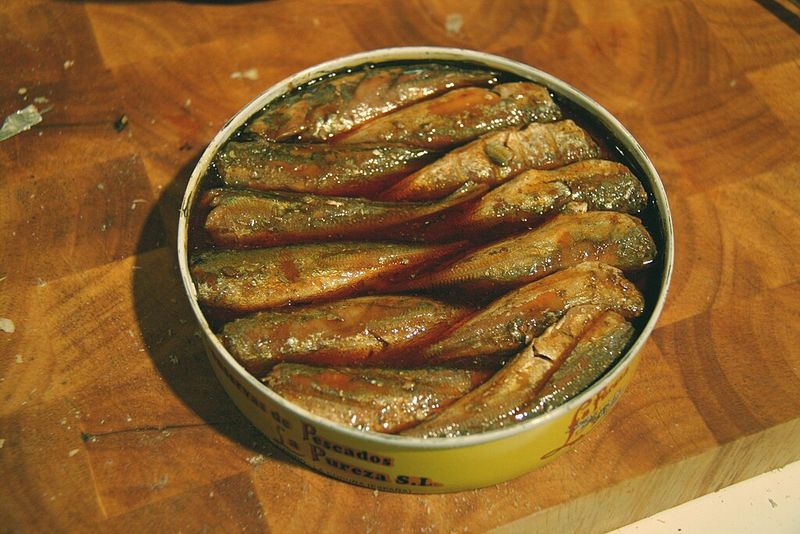
If sardines had a cooler, slightly bigger cousin, it would be mackerel. Rich in healthy fats and protein, canned mackerel delivers restaurant-quality flavor at grocery store prices.
However, stick to Atlantic or Pacific varieties rather than king mackerel. The canned versions are convenient, shelf-stable, and perfect for quick lunches when you need something filling without the fuss.
13. Alaska Pollock
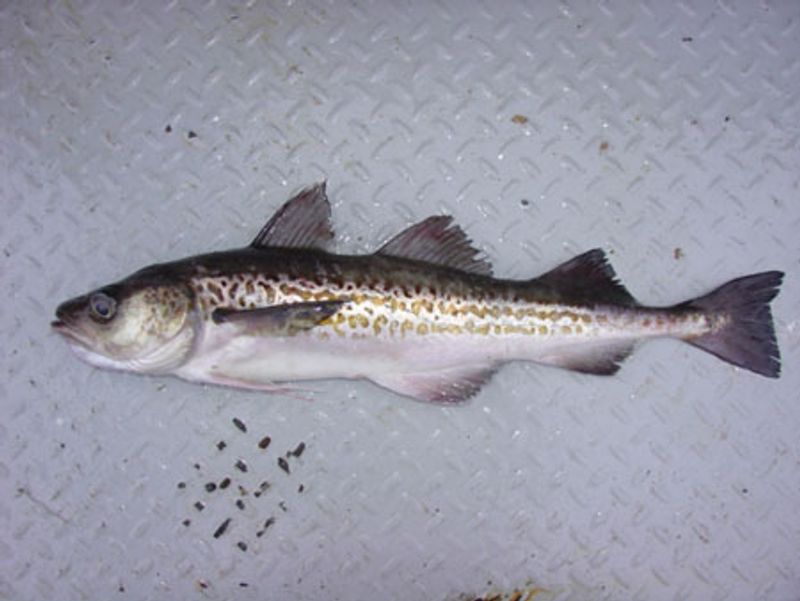
Ever wondered what fish sticks are made from? Alaska pollock is the answer, and it’s surprisingly versatile beyond the frozen aisle.
Mild-flavored and flaky, this white fish works beautifully in tacos, chowders, or simple pan-frying. It’s sustainably managed in Alaskan waters, so you’re supporting responsible fishing practices while keeping your grocery bill low and your dinner table happy.
12. Tilapia

Tilapia gets a bad rap sometimes, but farm-raised versions from the U.S. are safe and affordable. This mild fish absorbs flavors like a sponge, making it perfect for picky eaters.
Though it’s lower in omega-3s than salmon, tilapia still provides lean protein without the hefty price tag. Season it well, and you’ve got a weeknight dinner winner every time!
11. Channel Catfish
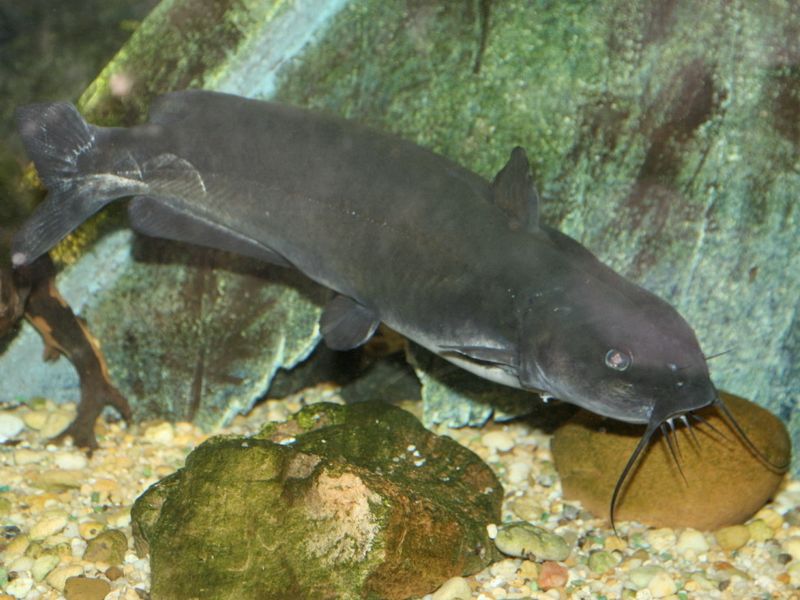
Southern comfort food lovers already know the magic of catfish, but this budget-friendly swimmer deserves more attention nationwide. Farm-raised channel catfish from the U.S. is clean, tasty, and inexpensive.
Its firm texture holds up great to frying, grilling, or baking. Plus, catfish farms are environmentally friendly, so you’re eating responsibly while enjoying that sweet, mild flavor everyone loves at fish fries.
10. Herring
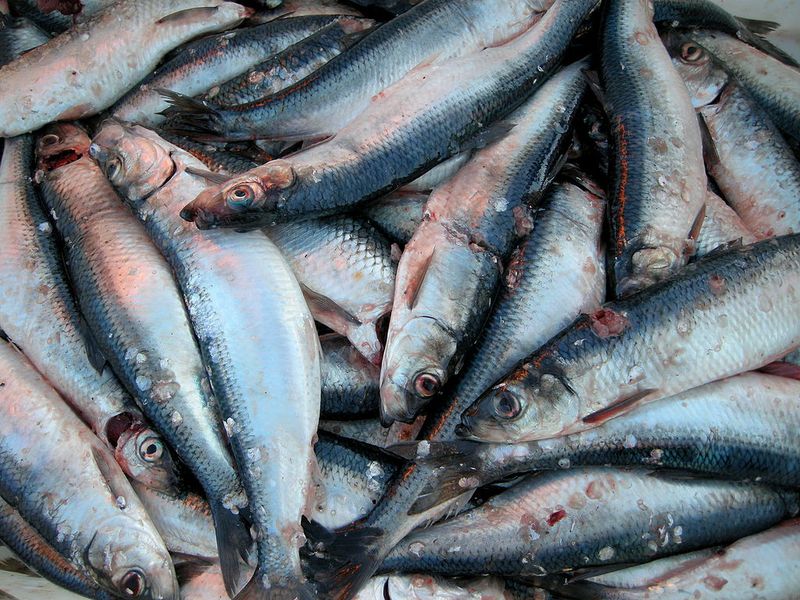
Forget fancy fish for a second. Herring might look humble, but it’s loaded with omega-3s and vitamin D at rock-bottom prices.
Smoked, pickled, or fresh, herring adds bold flavor to any meal. Scandinavian cultures have enjoyed it for centuries, and now you can too without spending a fortune. Try it on rye bread with onions for an authentic taste adventure that costs less than lunch!
9. Pacific Cod

Pacific cod is like the reliable friend who always shows up when you need them. Flaky, mild, and versatile, this fish works in practically any recipe calling for white fish.
It’s sustainably caught in Alaskan waters and costs significantly less than its fancy seafood cousins. Whether you’re making fish tacos or classic fish and chips, Pacific cod delivers quality without the premium price tag!
8. Ones To Be Cautious About: King Mackerel
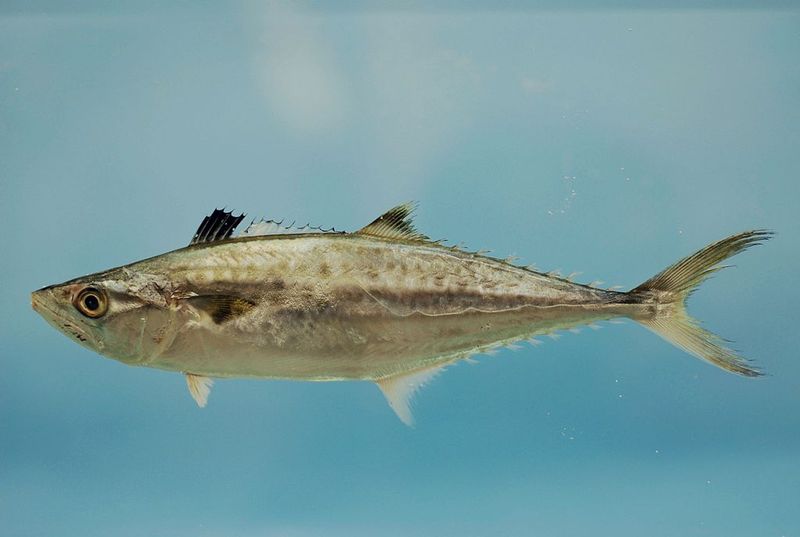
King mackerel might sound royal, but this fish has a dark secret: high mercury levels. Larger, older fish accumulate more mercury over time, and king mackerel lives long enough to collect plenty.
Pregnant women and young children should avoid it completely. If you love mackerel, stick to Atlantic or canned varieties instead. Your brain and nervous system will appreciate the safer choice, and smaller mackerel taste better anyway!
7. Tilefish (Great Northern/Blue)
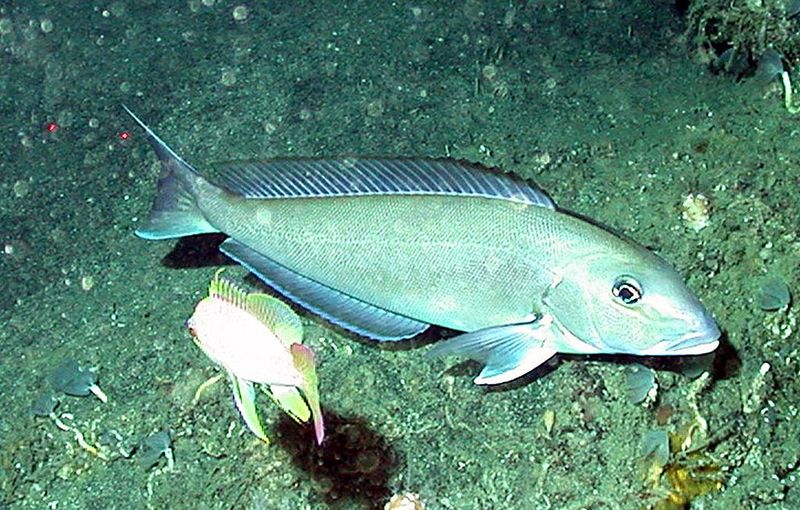
Beautiful but dangerous, tilefish from the Gulf of Mexico and Atlantic waters ranks among the highest mercury fish available. These bottom-dwellers live long lives, giving them plenty of time to absorb contaminants.
The FDA specifically warns against eating it if you’re pregnant or nursing. Though it’s delicious when cooked, the health risks outweigh the culinary rewards. Skip this one and choose safer alternatives instead!
6. Swordfish
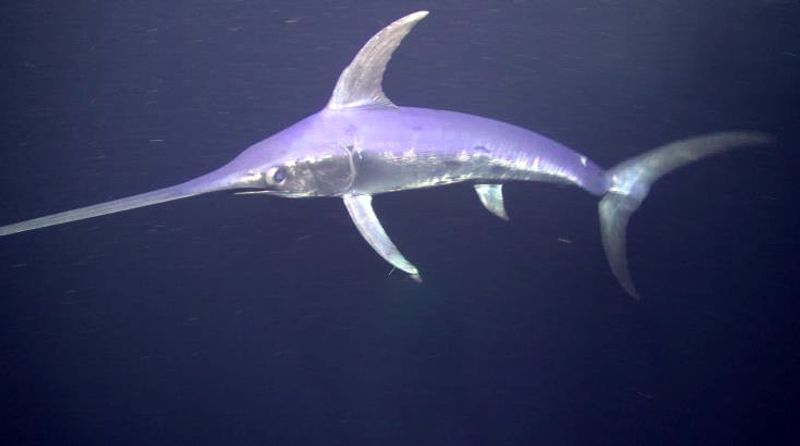
With its meaty texture and mild flavor, swordfish seems like a great choice until you learn about its mercury content. Large predatory fish like swordfish accumulate mercury by eating smaller contaminated fish.
Though occasional consumption is okay for most adults, kids and pregnant women should steer clear. If you’re craving something substantial, try salmon or tuna steaks instead for similar texture with fewer worries.
5. Orange Roughy
Orange roughy can live over 100 years, which sounds cool until you realize that makes it terrible for sustainability. Slow-growing fish populations crash easily from overfishing.
Plus, it tends to have higher mercury levels due to its long lifespan. Many fisheries have collapsed, making this fish both environmentally irresponsible and potentially risky for your health. Choose faster-growing alternatives like tilapia or catfish instead!
4. Atlantic Bluefin Tuna
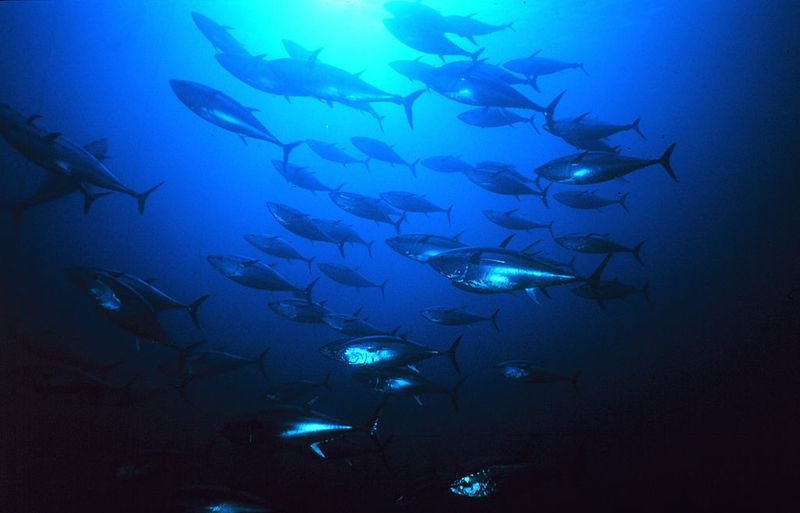
Atlantic bluefin tuna is the superhero of sushi, but it’s critically endangered from decades of overfishing. These magnificent fish can weigh over 1,000 pounds and take years to mature.
Eating them contributes to their decline, and they’re also high in mercury. If you love tuna, choose skipjack or albacore from sustainable sources instead. Your conscience and your body will both feel better about that choice!
3. Chilean Sea Bass (Patagonian Toothfish)
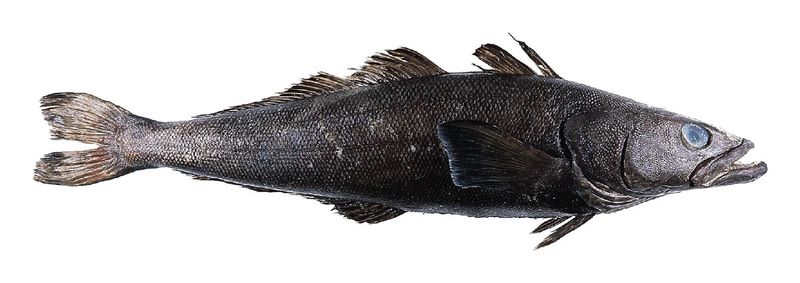
Chilean sea bass sounds exotic and tastes buttery, but its real name, Patagonian toothfish, tells a less glamorous story. Overfishing has devastated populations, and illegal fishing remains a huge problem.
It’s also slow-growing and high in contaminants. Though restaurants love serving it, choosing this fish supports unsustainable practices. Try black cod or striped bass for similar richness without the environmental guilt trip!
2. Escolar

Escolar is sometimes called butterfish for its rich, oily texture, but here’s the catch: that oil is indigestible wax esters. Eating too much can cause serious digestive issues that nobody wants to discuss at dinner.
Some countries have banned it entirely. If you see it on a menu labeled as white tuna, ask questions before ordering. Your stomach will thank you for choosing literally any other fish instead!
1. Oilfish
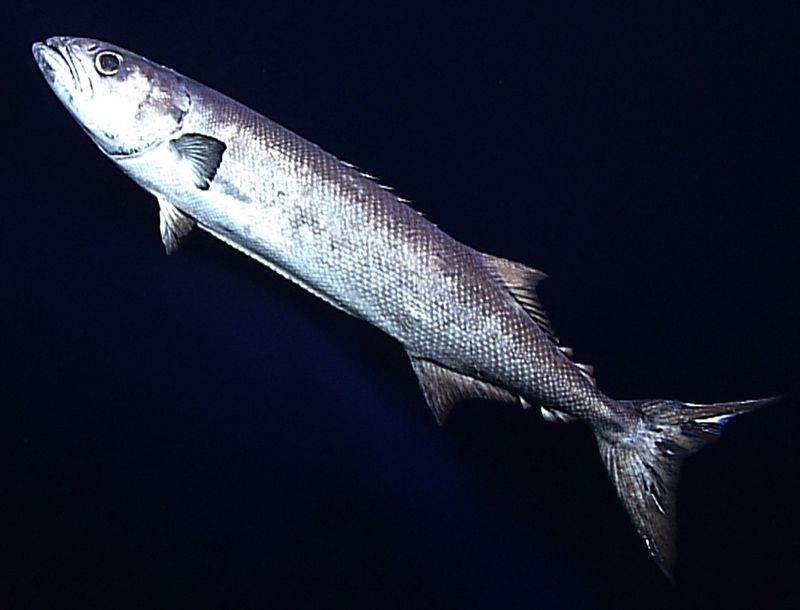
Like escolar, oilfish contains indigestible wax esters that can wreak havoc on your digestive system. Japan and other countries have outright banned its sale because the side effects are so unpleasant.
Sometimes it’s mislabeled as butterfish or white tuna to trick unsuspecting diners. If a fish seems too rich or oily, trust your instincts and ask what species it actually is before taking that first bite!

